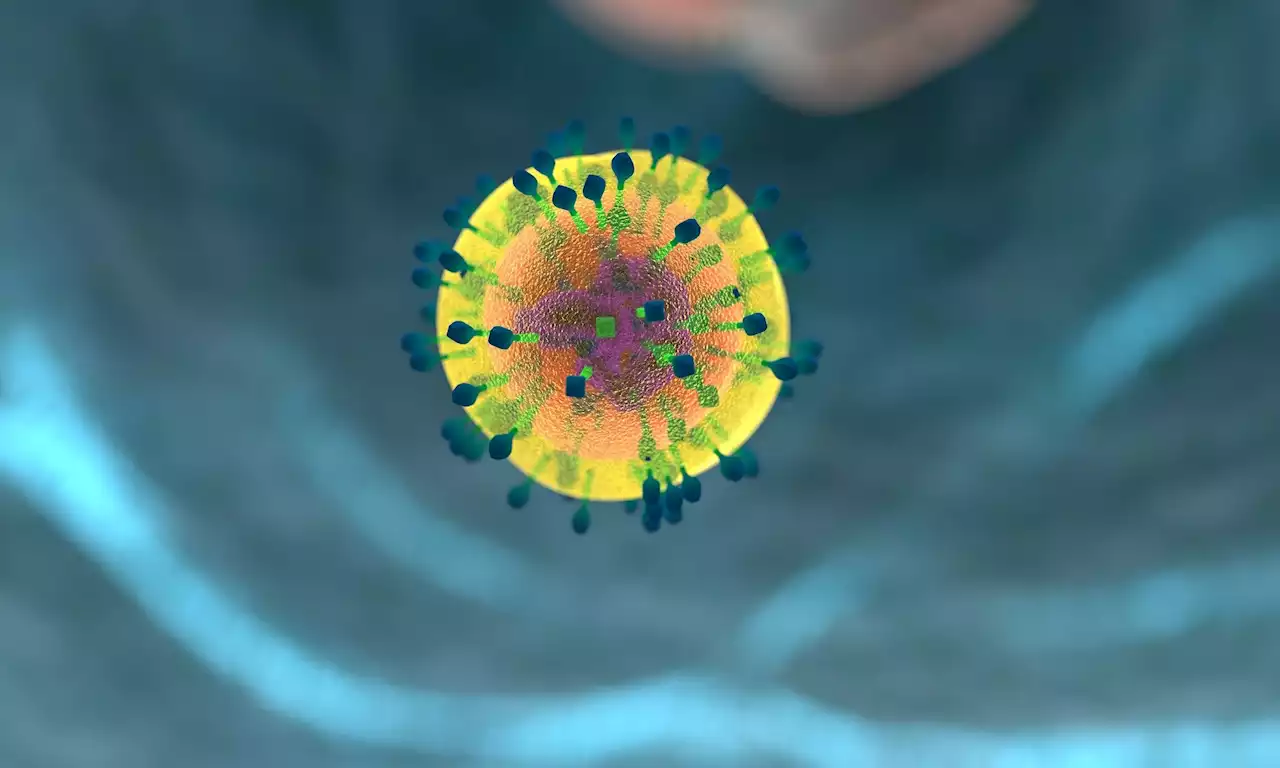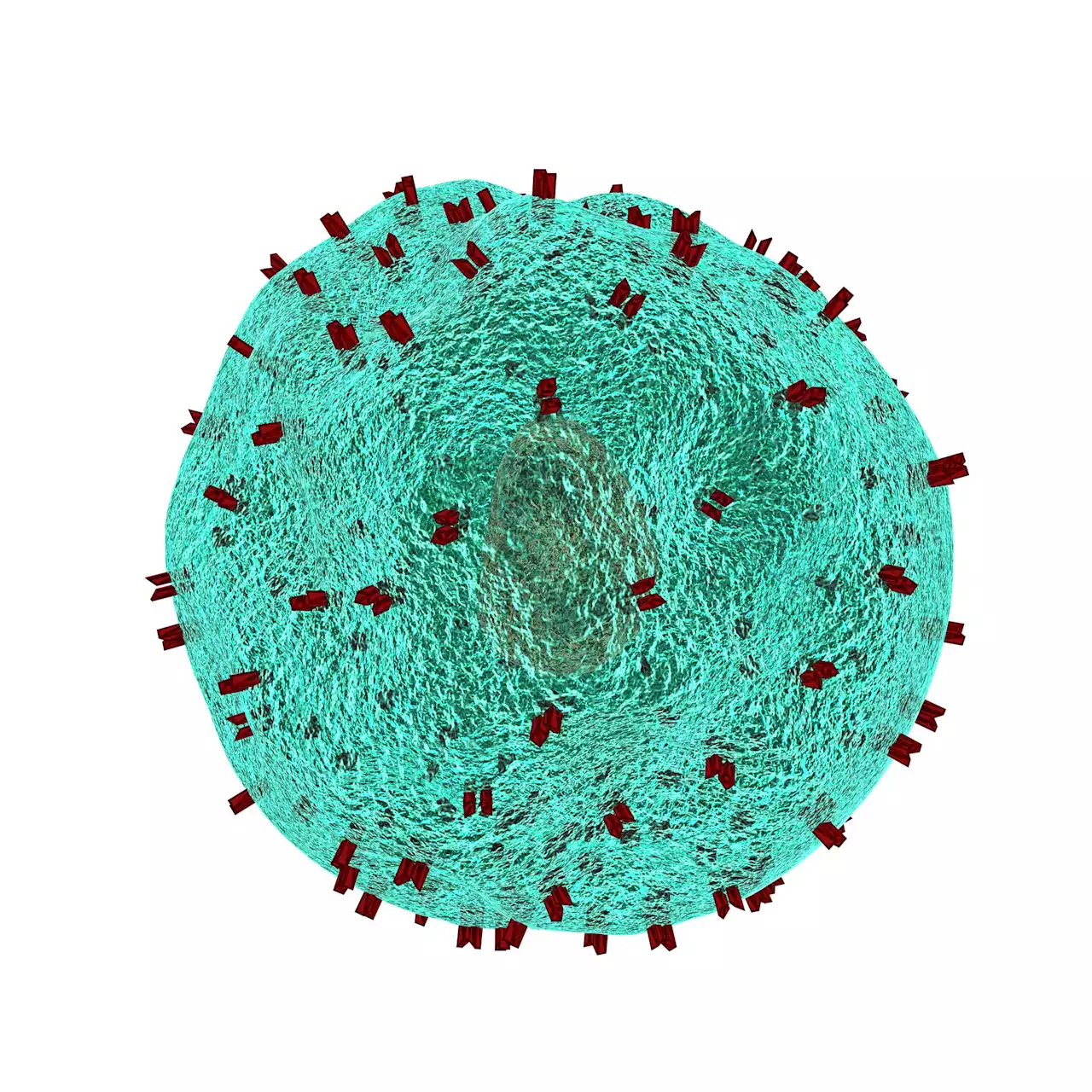While immunotherapies have shown great promise in treating blood cancers, most clinical trials aimed at treating solid tumors such as pancreatic or lung cancer have failed. Researchers have long thought that solid tumors' resistance to treatment is due to the tumor microenvironment—the cells and matrix that surround solid tumors—but the exact mechanisms behind this blockade were unclear, until now.
create a physical barrier to T cell entry, and these cells also actively suppress T cell function. When the researchers used CAR T cells to target and remove these fibroblasts, rather than targeting the tumor cells themselves, T cells were able to infiltrate and attack the tumor.
The study, which was a collaboration between researchers in the School of Veterinary Medicine, Perelman School of Medicine, and the School of Arts & Sciences, was published in the journalThe researchers say that using a dual approach—by first targeting cancer-associated fibroblasts and then sending in tumor-targeting CAR T cells—could be a therapeutic breakthrough for treatment-resistant solid tumors.
Understanding the stroma's role in blocking anti-tumor immune function is an essential step towards to overcoming this hurdle. To try to pinpoint the mechanisms involved, the team engineered CAR T cells to zero-in and remove cancer-associated fibroblasts, cells within stroma that produce the connective tissue matrix.
They found that removing these cancer-associated fibroblasts effectively broke down the physical barrier surrounding the pancreatic cancer cells so that T cells could infiltrate the tumor.
Canada Latest News, Canada Headlines
Similar News:You can also read news stories similar to this one that we have collected from other news sources.
 World's biggest mod site bans pronoun-removing Starfield mod: 'We stand for diversity and inclusion'Hello again, paradox of intolerance, my old friend.
World's biggest mod site bans pronoun-removing Starfield mod: 'We stand for diversity and inclusion'Hello again, paradox of intolerance, my old friend.
Read more »
 Researchers uncover 'circular logic' of RNAs in Parkinson's diseaseResearchers are gaining new insights into neurological diseases by studying circular RNAs (circRNAs) in brain cells. A new study by investigators from the Brigham and Women's Hospital identified over 11,000 distinct RNA circles that characterized brain cells implicated in Parkinson's disease and Alzheimer's disease. Their results are published in Nature Communications.
Researchers uncover 'circular logic' of RNAs in Parkinson's diseaseResearchers are gaining new insights into neurological diseases by studying circular RNAs (circRNAs) in brain cells. A new study by investigators from the Brigham and Women's Hospital identified over 11,000 distinct RNA circles that characterized brain cells implicated in Parkinson's disease and Alzheimer's disease. Their results are published in Nature Communications.
Read more »
 Researchers create 'lipidomic map,' offering insights into immunologyAn international team of scientists has developed a method for simultaneously detecting thousands of lipid molecules that are displayed to T cells in the human immune system.
Researchers create 'lipidomic map,' offering insights into immunologyAn international team of scientists has developed a method for simultaneously detecting thousands of lipid molecules that are displayed to T cells in the human immune system.
Read more »
 Scottish university develops 'sustainable and healthy' alternative to palm oilRESEARCHERS at a Scottish university have developed a healthy and environmentally friendly alternative to palm oil.
Scottish university develops 'sustainable and healthy' alternative to palm oilRESEARCHERS at a Scottish university have developed a healthy and environmentally friendly alternative to palm oil.
Read more »
 AI model for detecting ocular disease using retinal imagesResearchers present RETFound, a self-supervised learning masked autoencoder-based foundation model for retinal images.
AI model for detecting ocular disease using retinal imagesResearchers present RETFound, a self-supervised learning masked autoencoder-based foundation model for retinal images.
Read more »
